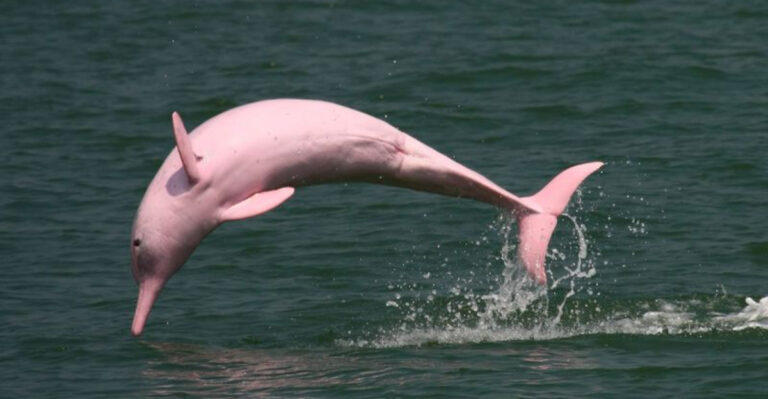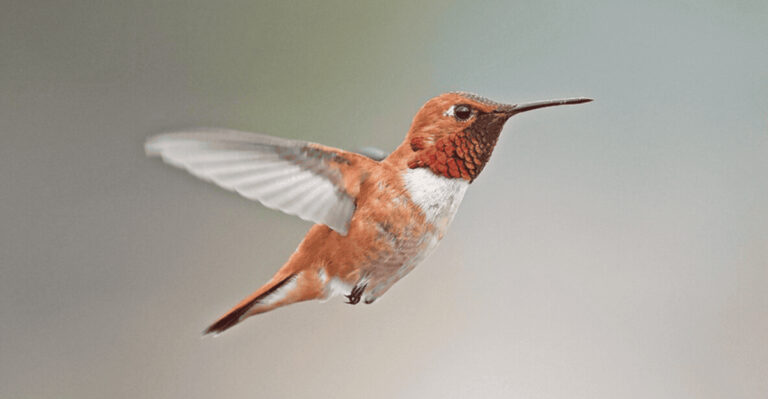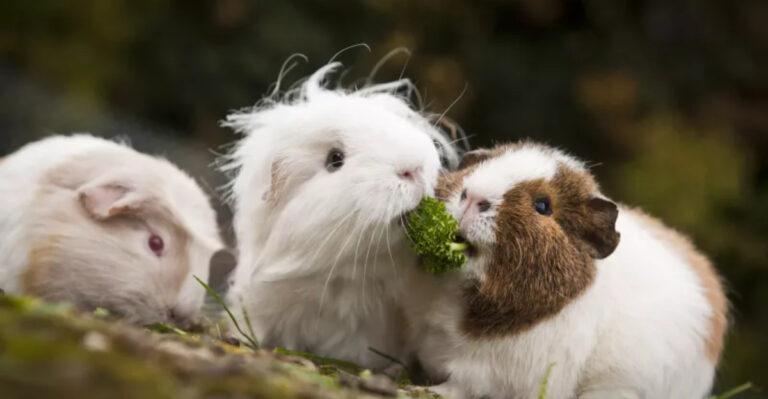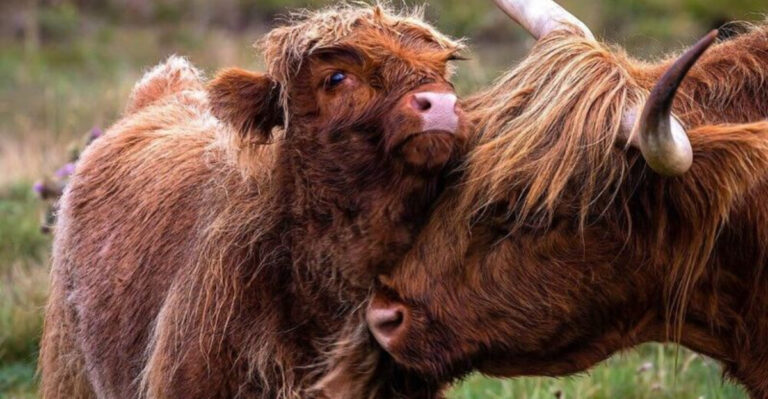Meet The Largest Whale In History
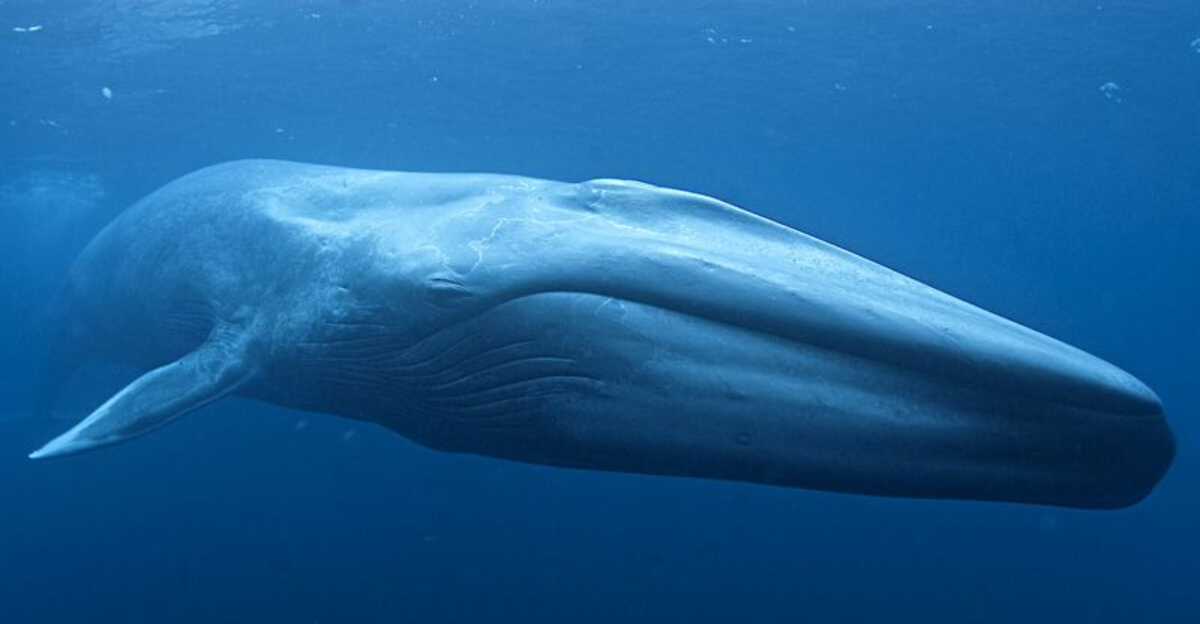
The blue whale stands as the most massive creature to ever exist on our planet. Stretching longer than three school buses and weighing more than 25 elephants, these ocean giants have fascinated scientists and ocean lovers for centuries.
Despite their enormous size, blue whales remain mysterious, with incredible adaptations that help them thrive in the deep blue.
1. Its Heartbeat Can Be Heard Two Miles Away
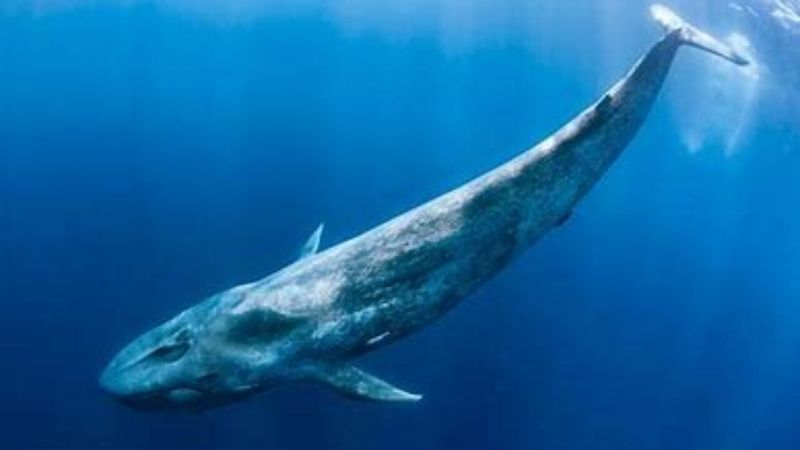
Imagine a heart so powerful that underwater microphones can detect its rhythm from miles away. The blue whale’s heart—weighing as much as a small car—pumps with such force that its beat travels through ocean waters like a distant drum.
Scientists tracking these giants have recorded this phenomenon during deep-sea expeditions. Each slow, thunderous beat pushes nearly 60 gallons of blood through the whale’s massive body.
2. It Has A Belly Button
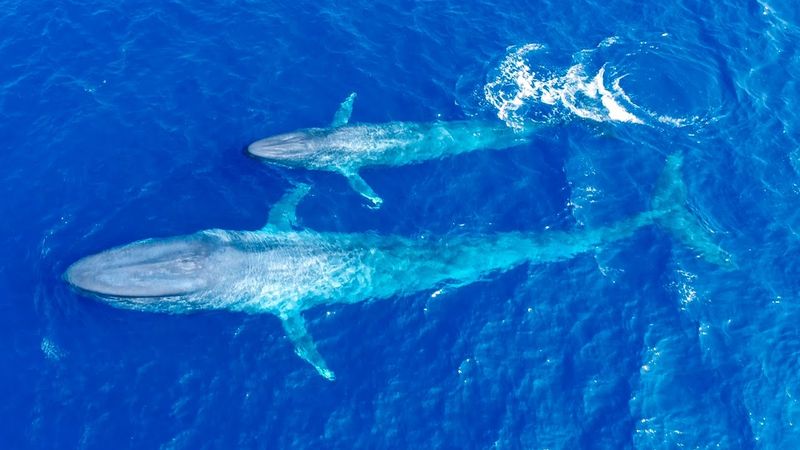
Surprising but true—these ocean leviathans carry the same birth mark we humans do! The blue whale’s belly button appears as a small, light-colored scar along its underside, marking where its umbilical cord once connected it to mom.
This reminder of their mammalian heritage connects us to these giants in an unexpected way. Baby blue whales develop inside their mothers for nearly a year before birth.
3. It Sleeps With One Eye Open (Sort Of)

Unlike humans who fall completely unconscious, blue whales practice something called unihemispheric sleep. They shut down only half their brain at a time, keeping one eye vigilant while the other half rests.
This remarkable adaptation allows them to continue swimming, surface for air, and watch for predators. Without this ability, these air-breathing mammals would drown during deep slumber!
4. Its Poop Is Bright Orange

Marine biologists get genuinely excited when they spot neon-orange clouds in the ocean—it means a blue whale has recently passed by! This vibrant waste comes from their diet of tiny red krill.
Far from being gross, whale poop serves a crucial environmental purpose. Rich in iron and nitrogen, it fertilizes phytoplankton blooms that produce oxygen and feed countless marine species. Some scientists call whales the gardeners of the sea!
5. They Leave “Footprints” On Water

After a blue whale dives beneath the waves, it leaves behind a mysterious smooth patch on the surface. Sailors have nicknamed these calm circles “whale footprints” though no feet are involved!
These temporary marks form when the whale’s powerful tail pushes water downward, bringing deeper, smoother water to the surface. Researchers actually track whales by looking for these telltale circles from boats or aircraft.
6. Its Tongue Can Pin Down Prey
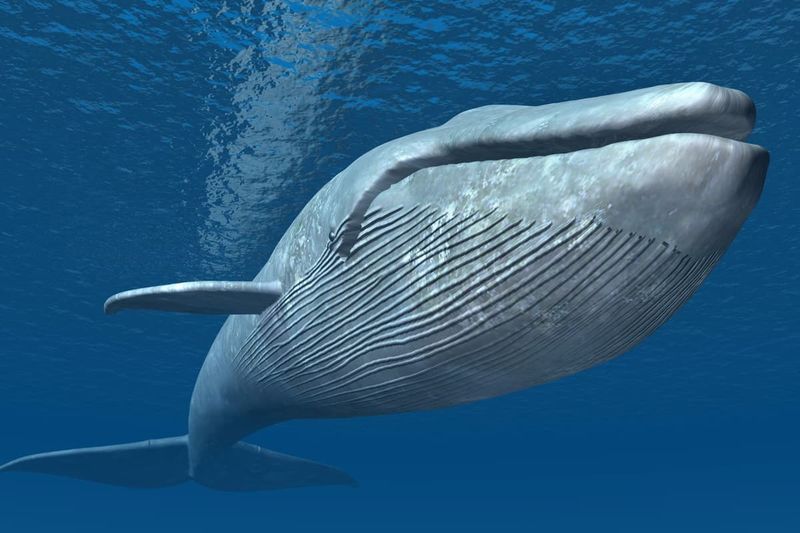
Weighing as much as an adult elephant, the blue whale’s tongue isn’t just massive—it’s a sophisticated hunting tool. When feeding, the whale uses this muscular organ to push water out through its baleen plates.
The tongue then presses captured krill against the roof of the mouth. A single blue whale can trap up to 40 million tiny krill in one mouthful! That’s dinner efficiency on an epic scale.
7. They’re Covered In Freeloaders
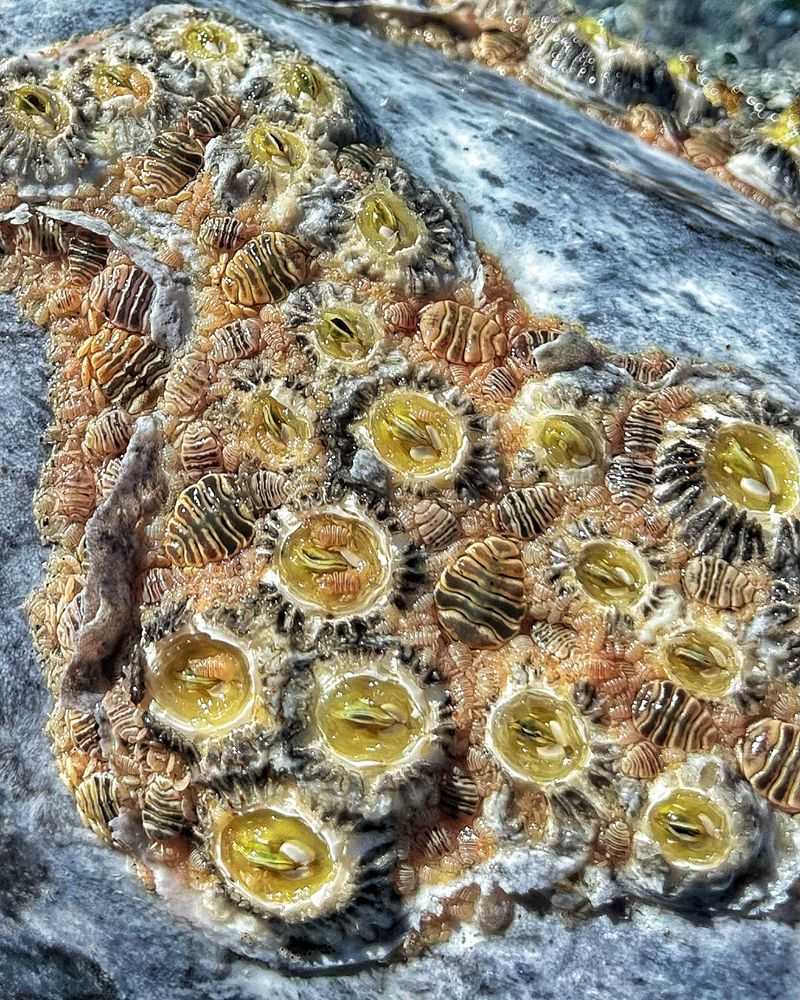
Blue whales carry entire communities on their skin! Specialized whale lice and barnacles attach themselves to these giants, creating miniature ecosystems that travel the world’s oceans.
Some of these hitchhikers are found nowhere else on Earth. They’ve evolved alongside whales for millions of years. Researchers can actually identify individual whales by the unique patterns these tiny passengers create on their skin!
8. It Has A Built-In Baleen Mustache

Instead of teeth, blue whales sport hundreds of flexible, comb-like plates hanging from their upper jaw. This natural filtration system—made of keratin, the same protein in your fingernails—can measure up to 3 feet long.
When feeding, the whale gulps enormous amounts of water and krill, then pushes the water out through these baleen plates. The tiny shrimp-like krill get trapped inside, ready to be swallowed by the ton!
9. Its Calls Are Louder Than A Jet Engine
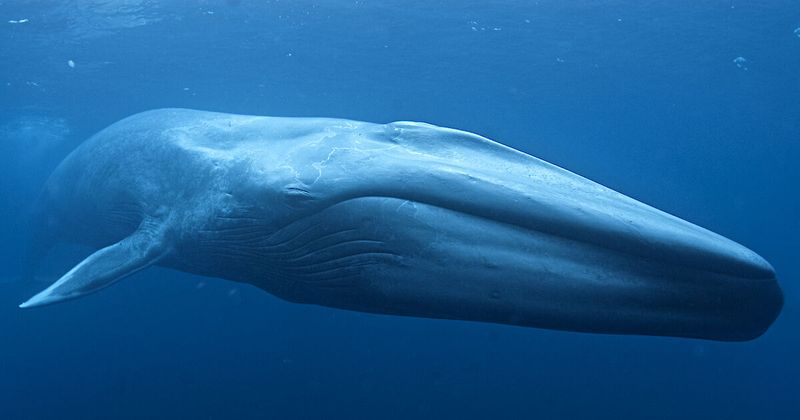
The blue whale holds the title for loudest animal on Earth. Their low-frequency rumbles reach an ear-splitting 188 decibels—louder than a jet engine at takeoff and powerful enough to be heard across entire ocean basins.
These sounds travel through water for hundreds of miles, allowing whales to communicate over vast distances. Scientists believe these calls help maintain social bonds and possibly assist in navigation during long migrations.
10. They’ve Been Around For Millions Of Years – And Still Reign Supreme
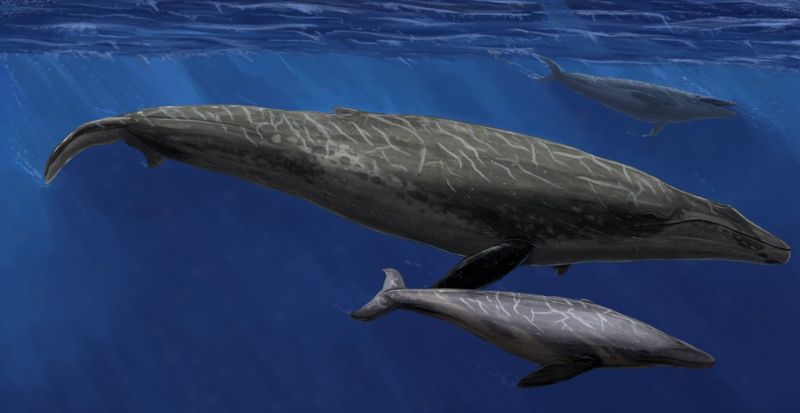
Blue whales evolved from dog-sized land mammals that returned to the sea roughly 50 million years ago. Their evolutionary journey to becoming giants happened gradually over millions of years.
Even during the time of massive dinosaurs and megalodon sharks, nothing has ever outgrown the modern blue whale. Their record-breaking size appears to be the absolute biological limit for how large an animal can grow on Earth!
11. Their Milk Is Like Yogurt
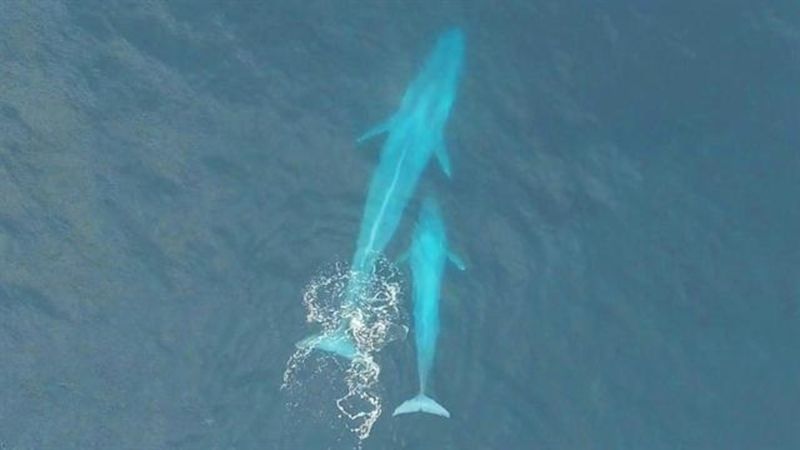
Blue whale calves drink the richest milk in nature—a thick, yogurt-like substance containing over 50% fat. This super-nutritious milk helps baby whales pack on nearly 200 pounds daily during their first year.
Mom delivers this high-calorie meal directly into her calf’s mouth using specialized muscles. The thick consistency prevents the precious milk from dissolving away in the ocean water. Baby blue whales drink about 100 gallons daily!
12. They Fast For Months Every Year
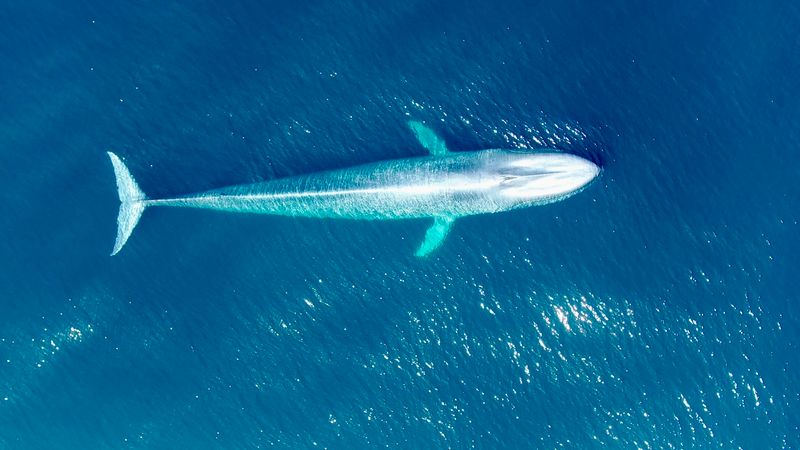
Blue whales practice one of the most extreme dieting patterns in nature. During summer feeding seasons in polar waters, they gorge on up to four tons of krill daily, building up thick blubber layers.
Then comes the remarkable part—they migrate to warmer waters and essentially stop eating for 3-4 months! During this fasting period, they live entirely off stored fat while focusing on breeding and giving birth. Talk about meal planning!
13. They Inspire Their Own Weather
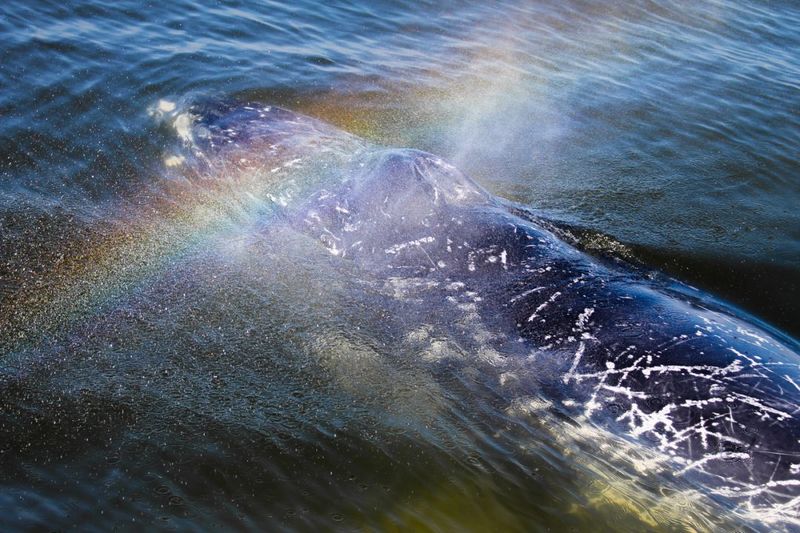
When a blue whale surfaces to breathe, it releases a spectacular V-shaped spout of warm, moist air that can shoot nearly 30 feet high. This misty exhalation sometimes catches sunlight just right, creating rainbow-like prisms visible from boats.
Whalers once tracked these giants by looking for these distinctive clouds on the horizon. Modern whale watchers still experience the magic moment when a distant spout announces the presence of Earth’s largest inhabitant.

